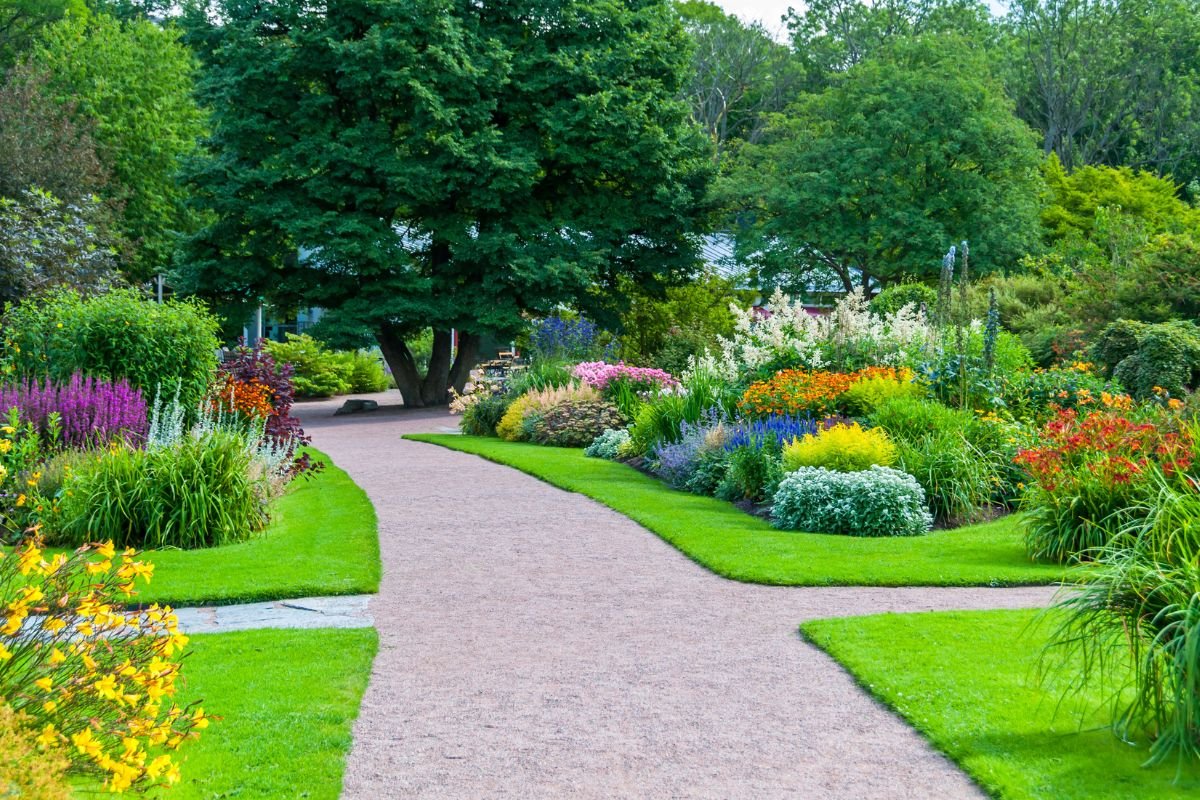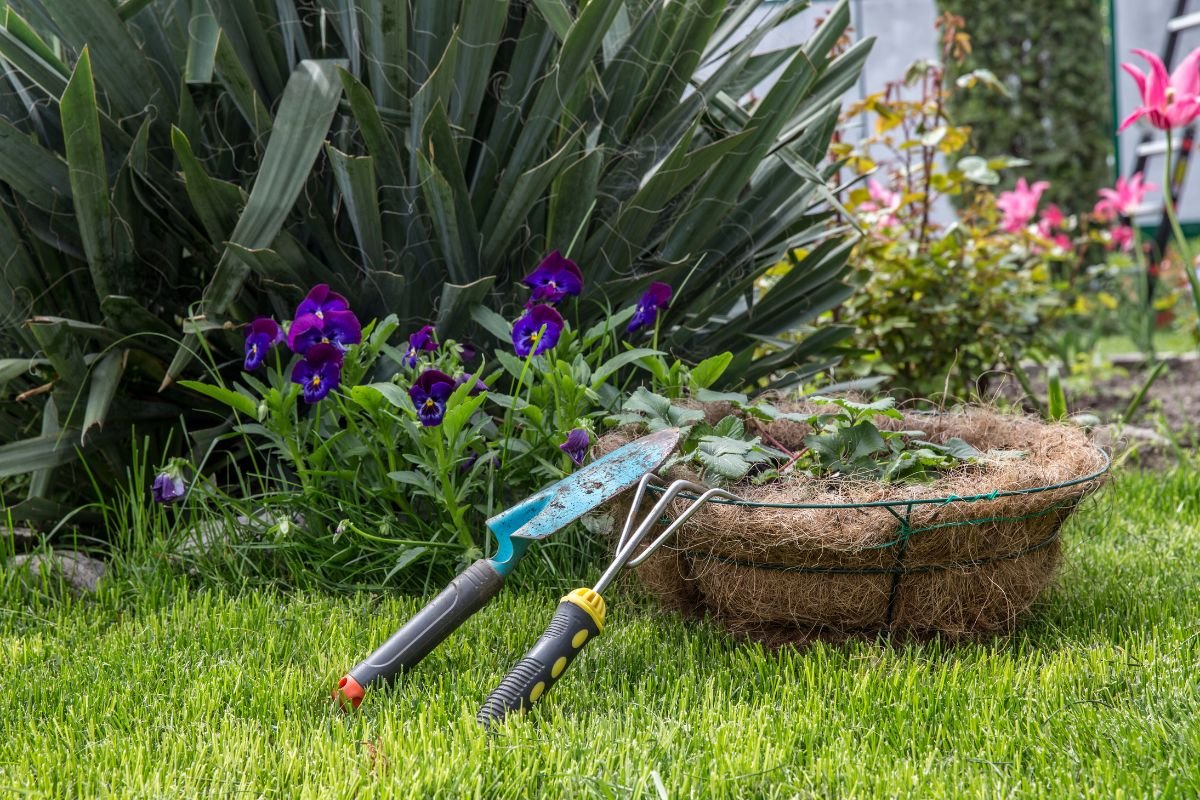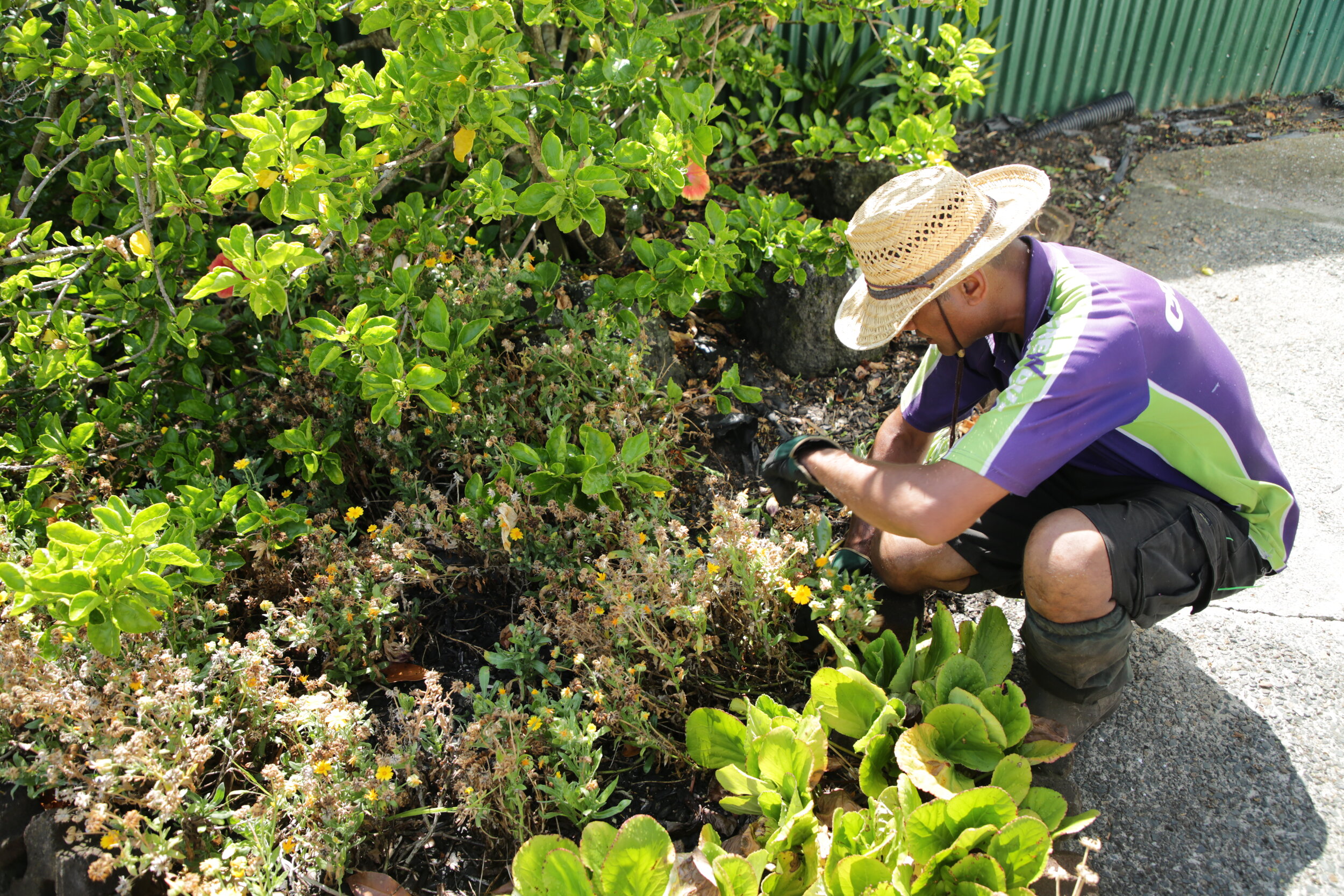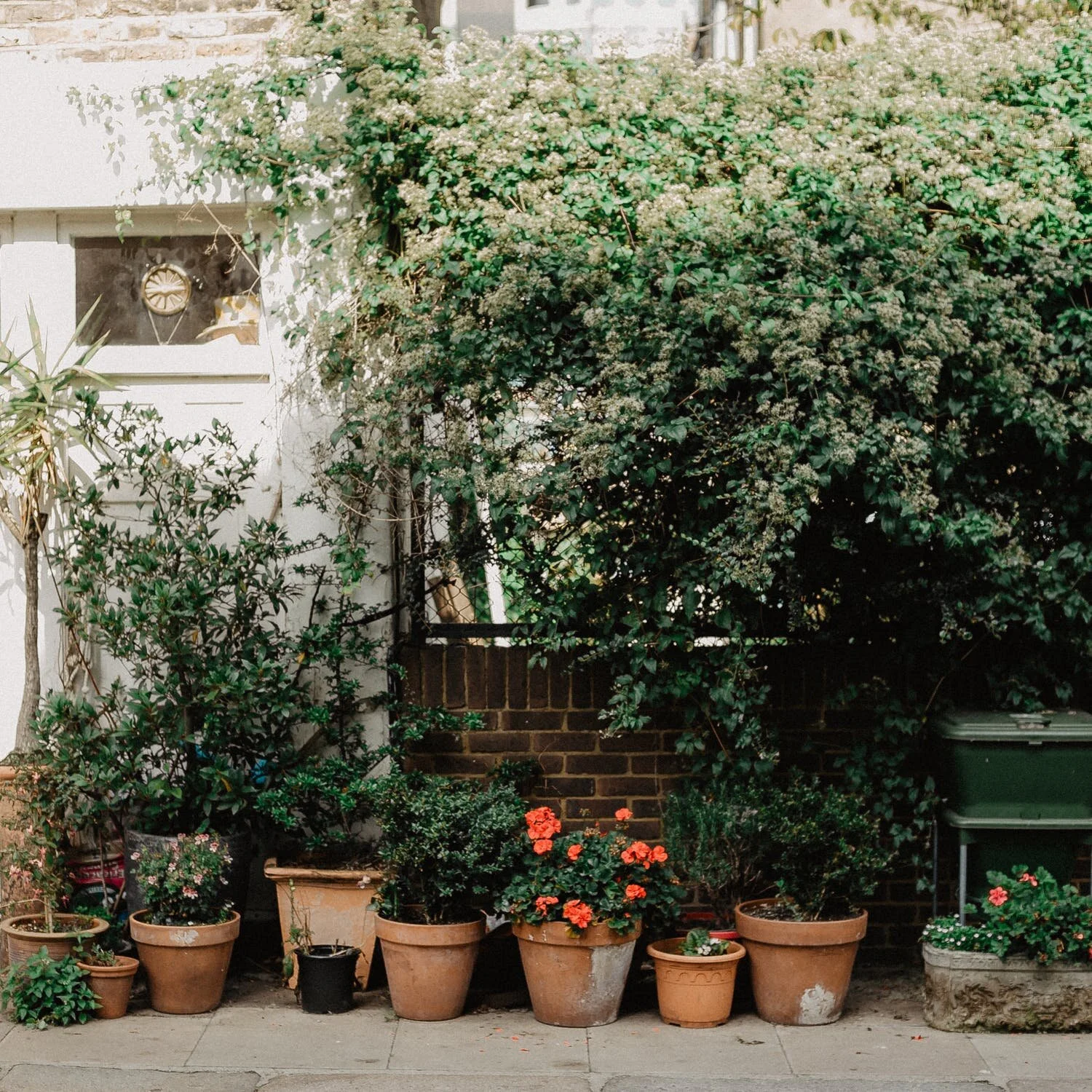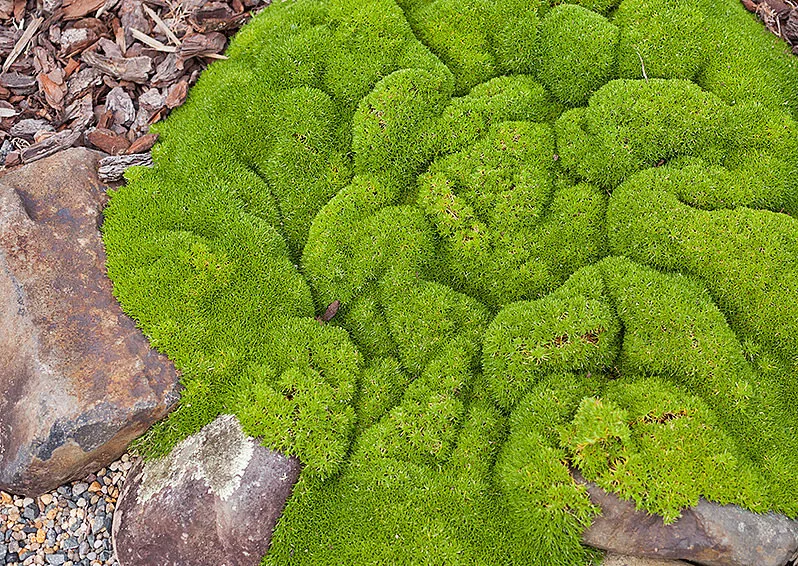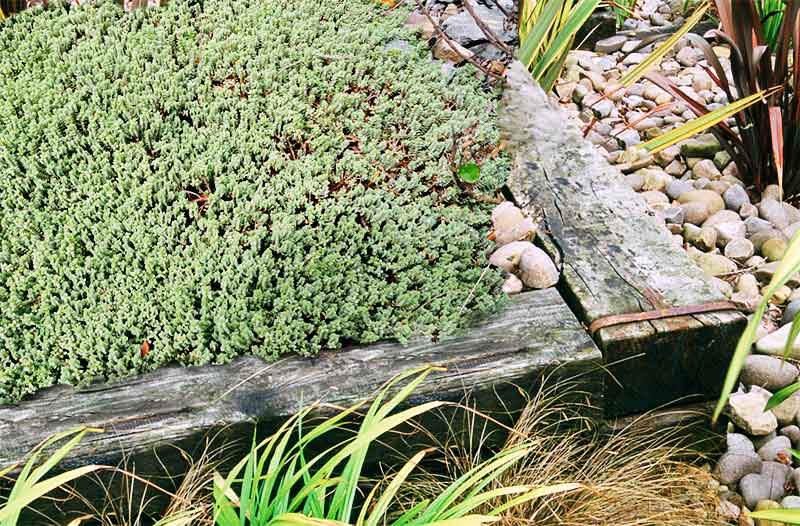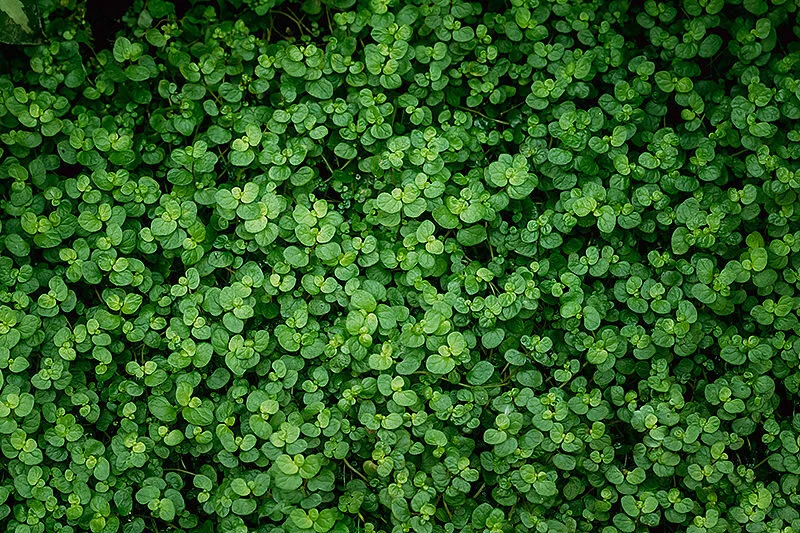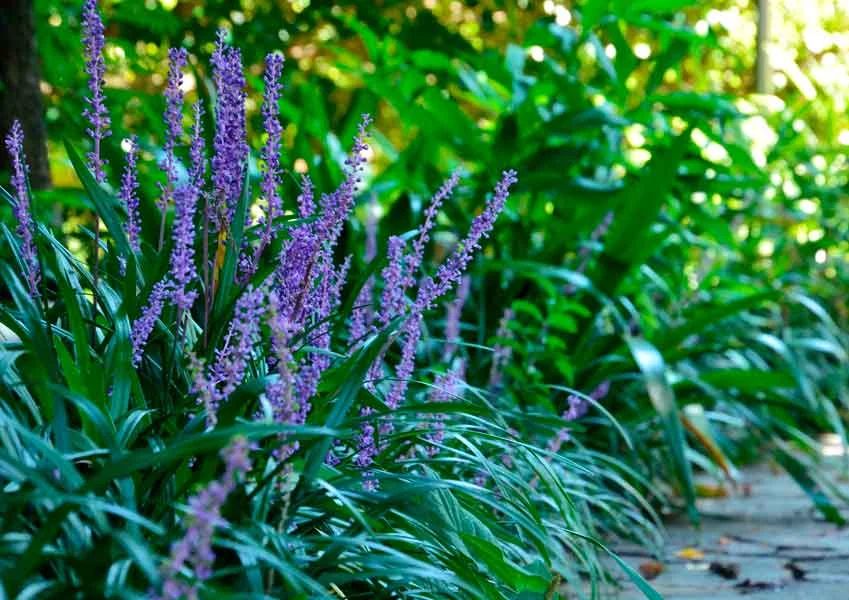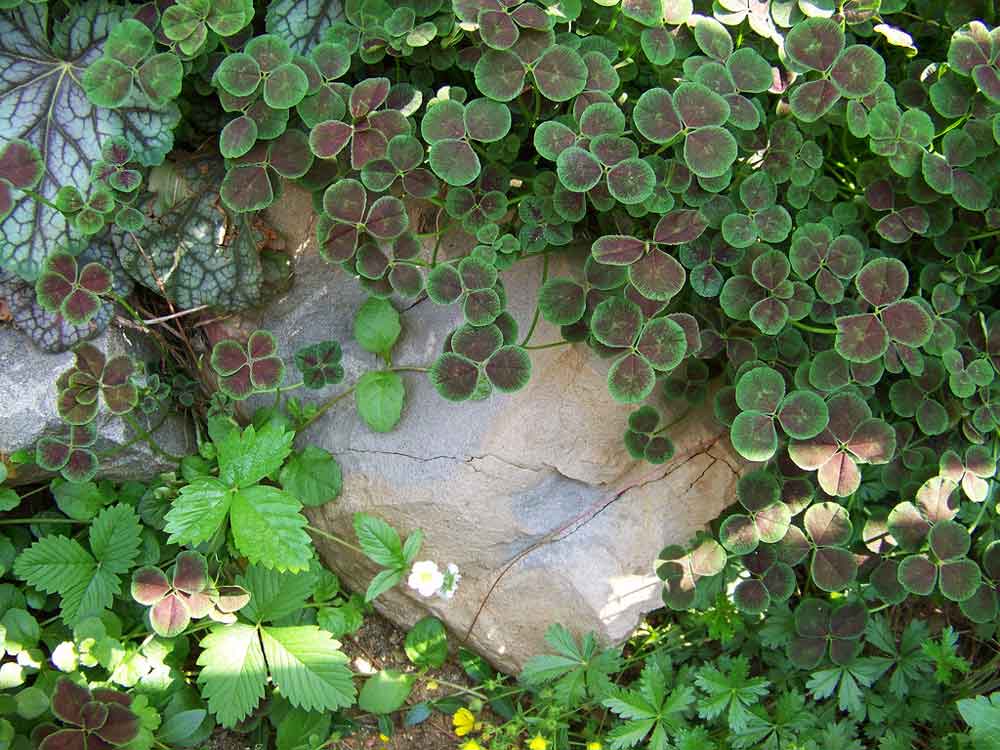Many New Zealanders have had a lot of time on their hands lately, with alert level four lockdown keeping all but essential workers at home. While you could make your way through Netflix from start to finish, why not get outside and discover what’s ready to harvest in your garden? There are plenty of lockdown treats and food to make from the plants you’ve lovingly grown.
Tomatoes for sauces and salsa
Many gardeners will be picking through the last of their tomatoes on the vine. If you still have an abundance of them, think about what delicious things you can make over and above tomatoes on toast.
Homemade tomato sauce, puree, and salsa are wonderful ways to make use of tomatoes so that they can form part of a more substantial meal. You can even slow roast them or make a pasta sauce. Why not pair those tomatoes with some of the cooking herbs you’ve been growing, too?
If your vines are overloaded with tomatoes, consider picking as many as you can. The more fruit on a plant, the less energy that plant has to fight off diseases and pests.
Feijoa treats for the kids
Now’s the time to harvest the last of your feijoas. Fortunately, even if you’re left with an abundance of them, you won’t be short of delicious treats to make. Get the kids involved and curb that boredom for a short while.
Feijoa and cream cheese muffins are always a hit, as are feijoa and honey muffins with coconut. Swap out the apples in your crumble for feijoa, or even poach them. Poached feijoa pairs beautifully with vanilla cream and toasted pistachio.
Feijoa jelly, pudding, chutney, and feijoa strudel are bound to be household winners. You’ll be surprised at just how many treats you can create with this delicious fruit.
Kumara wedges
If you’ve put a lot of effort into your crop rotation, then you may be seeing that your kumaras are ready for harvest – or have been for some time. Kumara is equally as versatile as potatoes. Create sweet potato wedges or mash, or why not change it up a bit with mashed kumara cakes?
If you’ve been growing coriander in your kitchen, then pairing it with kumara in a soup is sure to go down a treat, too. Just remember to store your kumara in a cool, dark part of your home.
Fig chutney
As soon as you notice that your figs have softened, and their skin has changed colour, then it’s time to harvest! Use snips or secateurs and make sure you keep the stems intact. Wearing gloves can also minimise the risk of skin reactions from the fig tree’s sap.
Once you’ve harvested all the goodies, it’s time to make some delicious lockdown treats. Fig jam or chutney is sure to be a hit, or why not dry them to add to muesli or as a snack? Fresh figs are also a match made in heaven with walnuts, honey, and cheese. Check out some independent Kiwi businesses for fresh bread and other ingredients you can pair with them.
Rhubarb for sweet and savoury dishes
If you’ve noticed that your rhubarb has large leaves and thick, long stems, then get ready to harvest. The harvesting season extends right through June, but autumn and spring are the most common months for doing so.
Rhubarb can be worked into both sweet and savoury dishes. Create a rhubarb upside-down cake, chutneys, or even a pie. This sweet treat also pairs beautifully as a condiment for meats.
What’s Next?
With lawn care operators unable to offer lawn mowing services in New Zealand right now, it’s on you to keep your property in tip-top shape.
Autumn is the perfect time to sow new lawns or give your existing grass a facelift. Start by removing weeds then cultivating the ground down to around 15cm. Fertilise the soil around a week before you sow your grass seed.
If you’re working with your existing lawn, then rake it to get rid of old or undecomposed grass. You can also take care of dips or holes with potting mix, sand, and grass seed.
You can also look at preparing your property for the colder weather by cleaning and storing away outdoor furniture. Sweep out patio areas, get rid of cobwebs, and weatherproof anything that might suffer from moisture in the wintry weather to come.
Alert Level 4 has allowed many of us to flex our culinary muscles in the kitchen with homegrown produce. However, it has also been the perfect time to take care of those outside tasks that you may have previously neglected.
In the weeks to come, you can then look forward to your local and trusted lawn care expert to take over once more!





















